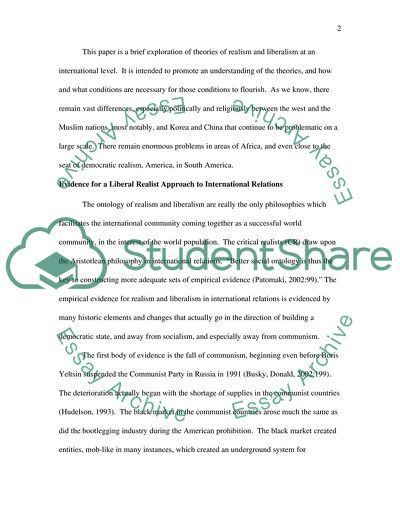Cite this document
(“Social Construction of Reality Term Paper Example | Topics and Well Written Essays - 2750 words”, n.d.)
Social Construction of Reality Term Paper Example | Topics and Well Written Essays - 2750 words. Retrieved from https://studentshare.org/sociology/1718940-in-what-ways-does-the-recognitions-of-social-construction-of-reality-challenge-the-mainstream-international-relation-theories-of-realism-and-liberalism
Social Construction of Reality Term Paper Example | Topics and Well Written Essays - 2750 words. Retrieved from https://studentshare.org/sociology/1718940-in-what-ways-does-the-recognitions-of-social-construction-of-reality-challenge-the-mainstream-international-relation-theories-of-realism-and-liberalism
(Social Construction of Reality Term Paper Example | Topics and Well Written Essays - 2750 Words)
Social Construction of Reality Term Paper Example | Topics and Well Written Essays - 2750 Words. https://studentshare.org/sociology/1718940-in-what-ways-does-the-recognitions-of-social-construction-of-reality-challenge-the-mainstream-international-relation-theories-of-realism-and-liberalism.
Social Construction of Reality Term Paper Example | Topics and Well Written Essays - 2750 Words. https://studentshare.org/sociology/1718940-in-what-ways-does-the-recognitions-of-social-construction-of-reality-challenge-the-mainstream-international-relation-theories-of-realism-and-liberalism.
“Social Construction of Reality Term Paper Example | Topics and Well Written Essays - 2750 Words”, n.d. https://studentshare.org/sociology/1718940-in-what-ways-does-the-recognitions-of-social-construction-of-reality-challenge-the-mainstream-international-relation-theories-of-realism-and-liberalism.


